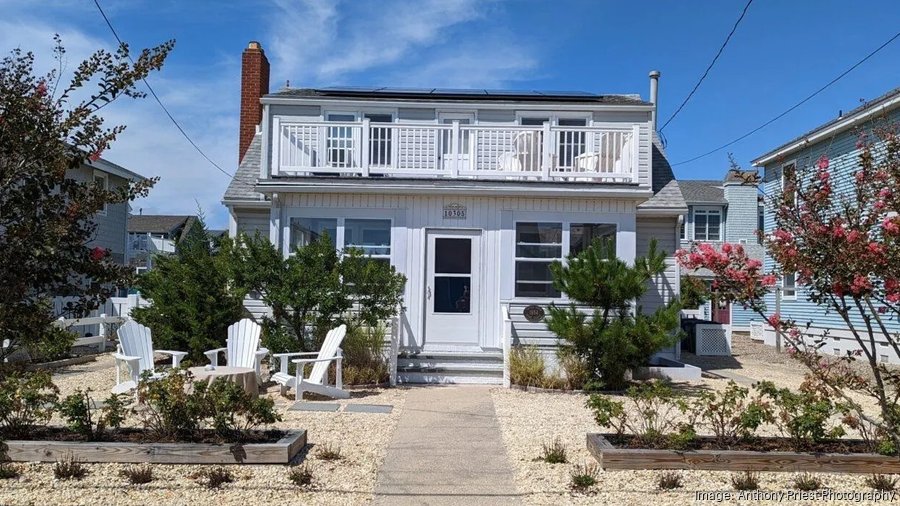From Newsweek:
How Millennials Are Shifting the Housing Market
For a large number of millennials, the generation born between 1981 and 1996, the time to buy a home has never been quite right.
Older millennials were not yet 30 when the financial crisis of 2007-2008 upended the housing market and the US economy, causing the worst downturn in the country since the Great Recession. When younger millennials came of age to buy a home, the US housing market was booming, driven by high demand and low inventory, with prices reaching heights that made properties unaffordable to many.
Despite adverse economic conditions, and tired of waiting for the perfect moment, many got on the property ladder anyway—and their late arrival has shaken up the entire housing market, according to experts.
“Because of the high cost of living, millennials have had to delay marriage, they’ve had to delay having children. So what’s going on is that there’s been a delay in household formation, though right now the rate of household formation is double the rate of population growth,” Phil Powell, executive director of Indiana University’s Business Research Center, told Newsweek.
“What that means is that there is unprecedented demand for housing and that is why housing prices are going up,” he added. Millennials, said Powell, “are putting upward pressure on prices and it’s going to continue, it’s not a fad or some bubble in the housing market. This is real, it’s demographic.”
They’re also not the only generation keeping prices up.
Alejandra Grindal, chief economist at Ned Davis Research, told Newsweek that baby boomers (those born between 1946 and 1964) are also adding price pressure. “They are the second-largest age cohort in the U.S., and they’re also driving up demand, partly because they can afford to,” she said. Millennials, in 2020, overtook baby boomers to become the largest generation in the U.S.
“Compared to prior generations,” she added, “[Baby boomers] also plan on staying in their homes much longer. They don’t want to go to assisted living or nursing care. They want to live in their homes as long as possible. Plus a lot of them would like to own second homes.”



